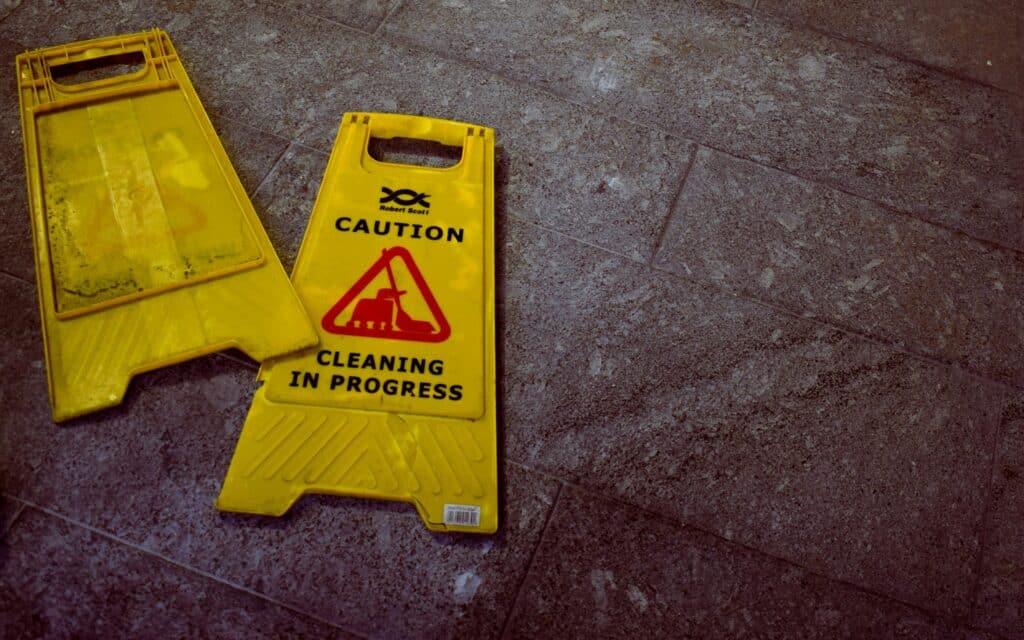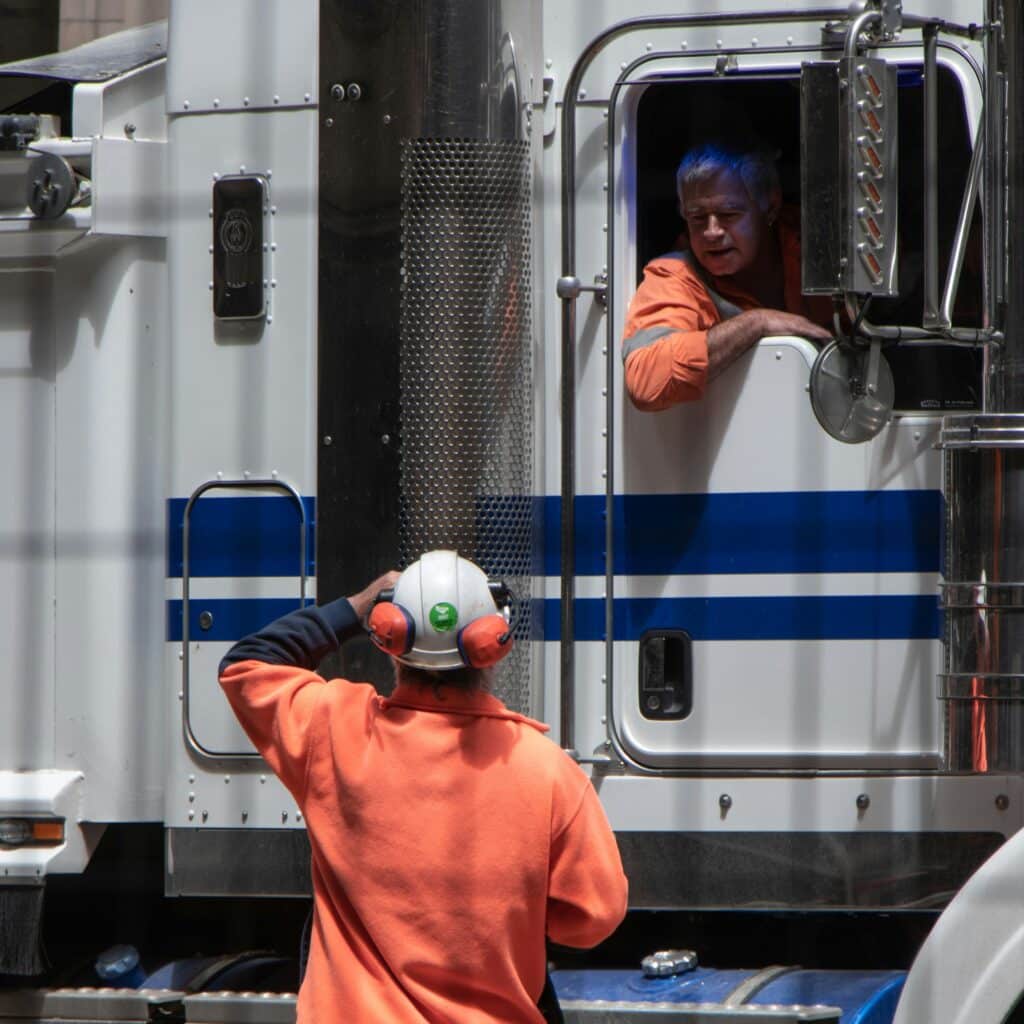




About OSHA
OSHA stands for the Occupational Safety and Health Administration. It’s an agency of the United States Department of Labor that was established in 1971 following the enactment of the Occupational Safety and Health Act of 1970.
The rules and guidelines set by OSHA address a wide range of workplace hazards. These regulations are applicable to the majority of employers and employees in the private sector, as well as to various public sector employers and their workers across all 50 states.
OSHA’s primary goal is to ensure safe and healthy working conditions for workers by setting and enforcing standards and by providing training, outreach, education, and assistance.
OSHA in Today's World
When starting your own business, there are several key aspects of OSHA that you should be aware of to ensure compliance and maintain a safe workplace. Understanding and implementing these OSHA requirements will help you create a safer workplace and reduce the risk of legal and financial penalties.
Here are the top four most important things to consider:

Applicable Standards
OSHA has established a wide range of safety and health standards that your business must follow. It’s crucial to understand the specific OSHA standards that apply to your industry and ensure that your workplace complies with these regulations.

Records and Reporting
OSHA requires most employers to keep records of work-related injuries and illnesses. Depending on the size and nature of your business, you may need to maintain OSHA 300 logs, which are detailed records of work-related injuries and illnesses. Additionally, you are required to report any severe injuries (such as hospitalizations, amputations, or losses of an eye) within 24 hours and fatalities within 8 hours.

Training and Education
Providing your employees with the necessary training on the safety and health risks associated with their jobs is a fundamental requirement of OSHA. This includes proper training on equipment, safety procedures, and the handling of hazardous materials. Employee training should be conducted in a language and vocabulary workers can understand and must be offered at no cost to them.

Inspections and Audits
It’s important to conduct regular safety audits and inspections of your workplace to ensure ongoing compliance with OSHA standards. This not only helps in identifying potential hazards before they result in accidents or injuries but also prepares your business for unexpected OSHA inspections. Being proactive about safety can prevent costly fines and reduce the likelihood of workplace accidents.
Steps to OSHA Compliance
1) Determine Specific Hazards & Standards
You can reference OSHA's website for detailed regulations and guidelines specific to your industry. Use the search tool to find standards by keyword or industry.
2) Create A Company Safety Plan & Manual
This is where Safety Procedure steps in. Our safety manual builder includes 400+ topics so that every, single OSHA requirement and standard you need is satisfied.
3) Ensure Employee Training & Education
Conduct employee training on hazard recognition, equipment use, and emergency responses. Display the official OSHA poster in a prominent place to inform employees of their rights and responsibilities
4) Prepare For Inspections & Reports
Inspections can be triggered by workplace accidents, complaints, or even at random. Ensure that you have internal procedures for handling inspections and responding to inspectors.
Create Your OSHA Compliance Manual Today
By creating a company safety plan, you can work towards maintaining a workplace that is not only compliant with OSHA standards but also safer and healthier for everyone involved.


